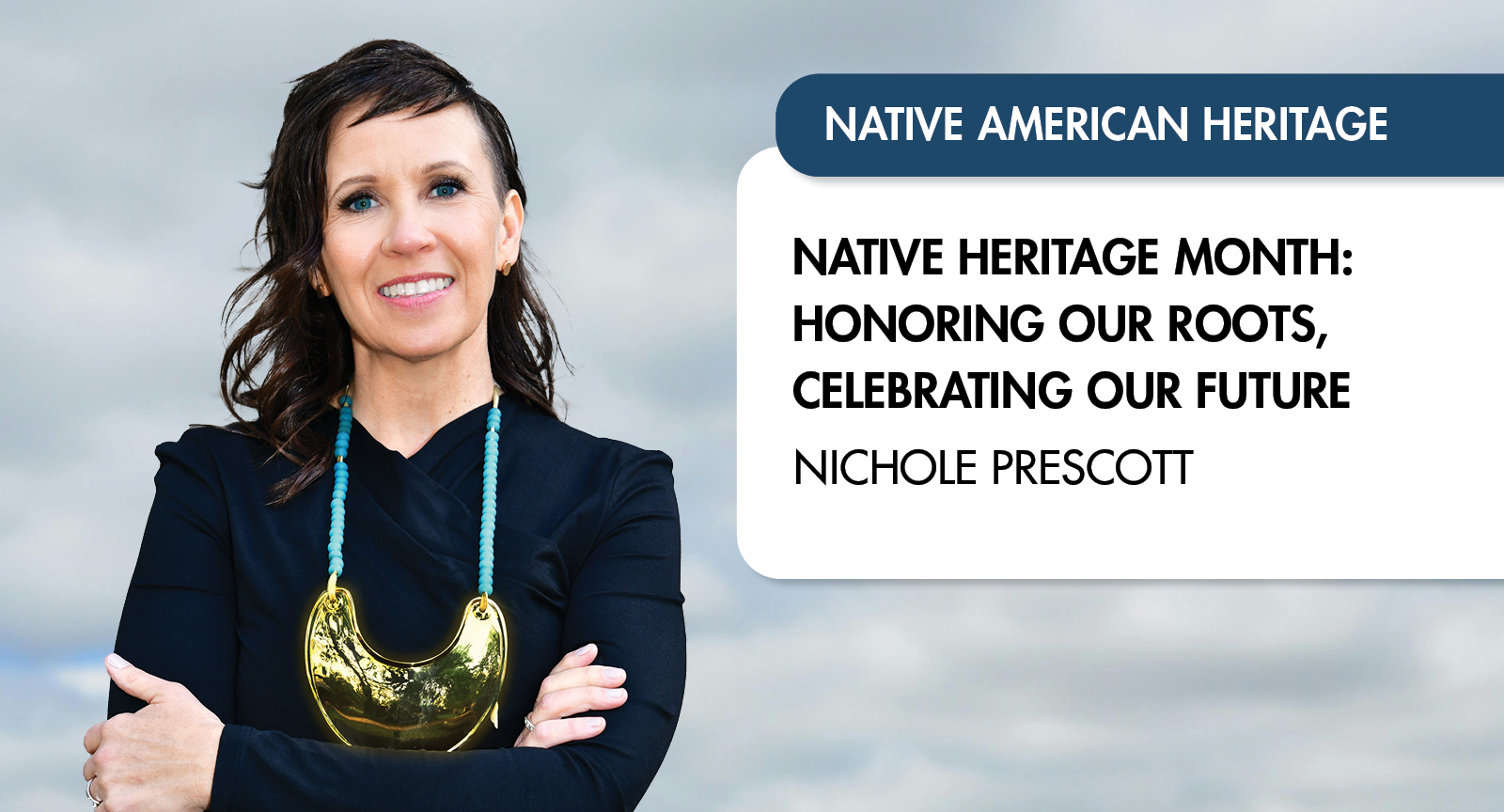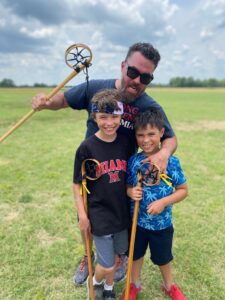
Native Heritage Month: Honoring Our Roots, Celebrating Our Future
November marks Native American Heritage Month (NAHM), a time set aside to honor and celebrate the vibrant histories, cultures, and contributions of Native American and Alaska Native communities. While this month often highlights the adversity and resilience of Indigenous people, it’s equally a time to spotlight our incredible accomplishments, creativity, and influence on America’s cultural fabric. Far from merely looking at past injustices, NAHM offers an opportunity to break down stereotypes and recognize the power, beauty, and significance of Indigenous cultures as they continue to shape our world today and inspire future generations.
A Brief History
The journey to establishing NAHM spans more than a century, beginning with advocacy efforts in the early 20th century. Leaders like Dr. Arthur Caswell Parker, a Cattaraugus Seneca anthropologist and founding member of the Society of American Indians, played a pivotal role in laying the groundwork for national observances. In the 1910s, Parker advocated for setting aside a day to honor “First Americans.” Another advocate, Reverend Red Fox James, traveled on horseback across states to gather support for U.S. citizenship for American Indians and for a national observance. These efforts culminated in 1915, with the Congress of the American Indian Association calling for a national “American Indian Day.”
In the 1980s, recognition grew as Congress and Presidents Reagan and George H.W. Bush started making annual proclamations to celebrate American Indian Heritage Week. The focus later expanded to a full month, and in 1990, Congress officially named November as Native American Heritage Month to celebrate the cultural, historical, and social contributions of Native American people. Since 2009, presidents have kept up this tradition, encouraging Americans to learn about and appreciate Indigenous cultures.
Why November?
The path to making November Native American Heritage Month started in 1986, when Congress asked the President to declare November 23-30 as “American Indian Week.” President Reagan responded with a proclamation that honored American Indians as the first inhabitants of the U.S. and recognized their many contributions. In the years that followed, Congress kept issuing “American Indian Week” proclamations, sometimes changing the dates—like in 1988, when they shifted to September to align with the harvest season. But in 1990, Congress made it official: November was designated as “National American Indian Heritage Month” to match the traditional season of thanksgiving and celebration. President George H.W. Bush’s proclamation marked this first full month of recognition, and Presidents Clinton, George W. Bush, and others kept it going. Since 2009, November has been celebrated as Native American Heritage Month (NAHM), spotlighting Native American cultures and contributions.
Indigenous Contributions
Native American Heritage Month is a perfect time to remember all the incredible ways Indigenous people have contributed to the United States. Native traditional ecological knowledge has shaped how we approach environmental practices, Native authors have transported us all through powerful storytelling, and Indigenous artistry in clay, textiles, and metals has inspired deep emotion and appreciation. Indigenous influences are all around us—they introduced many of the foods we eat today, like corn, beans, and squash. Even modern medicine owes a lot to Native remedies, and their agricultural practices still inspire sustainable farming.
But let’s not just look at the past; let’s celebrate what’s happening now. Today, Native American and Alaska Native people are excelling in so many areas—arts, technology, government, and more. Indigenous culture runs through so many aspects of American life today. By highlighting these modern achievements, we move beyond one-dimensional stories and truly celebrate the dynamic, innovative contributions Indigenous people are making as they shape our present and inspire the future.
Moving Beyond Invisibility and Stereotype
The story of Native Americans is often viewed through a limited lens of historical oppression, overshadowing the vibrant, diverse realities of Native communities today. In popular culture and places of economic, political, and educational power, Native Americans are more imagined than truly understood, frequently invisible or absent from the national narrative itself. In data sets and statistics, we’re reduced to an asterisk—an omission, a marker of supposed insignificance. But we are not a punctuation mark! We are More Than An *Asterisk.
Native culture shouldn’t be confined to history books; it’s alive, evolving, and woven into every area of contemporary society, from fashion and literature to technology and environmental stewardship. When we are represented accurately—when we tell our own stories—we show the world the true breadth of our values, perspectives, and aspirations—stories rooted in resilience, creativity, and strength. By moving beyond invisibility and stereotypes, we can share our narratives on our own terms, asserting the significance of Indigenous voices in shaping our collective future.
While November is a time to recognize Native heritage, Indigenous communities deserve acknowledgment and celebration throughout the year. From museum exhibits to cultural workshops, panel discussions, and keynotes by Indigenous speakers, these initiatives foster a continuous appreciation of Indigenous heritage and strengthen community ties.
Incorporating Indigenous perspectives into national and local programming not only educates the public but also creates spaces where Native people can share their cultural practices and histories. This year-round commitment enhances mutual respect and understanding, creating opportunities for collaboration and connection with Native communities on a broader scale.
A Call to Action
Just ahead of Native American Heritage Month, President Biden issued a long-overdue apology for the government’s role in Indian boarding schools, acknowledging the abuse, family separation, and erasure of culture endured by thousands of Native children. This apology, deeply significant to Indigenous communities, represents a step toward healing and recognition of a painful legacy that continues to impact generations. But it is just the first step.
Native American Heritage Month is more than a commemoration—it’s a call to action. By engaging with Native history, art, and contemporary achievements, we gain a fuller understanding of Indigenous resilience, creativity, and wisdom. November is a time to listen, learn, and celebrate, but it’s also an opportunity to support Indigenous initiatives, from sovereignty and land rights to cultural preservation and economic development.
Native American Heritage Month serves as a powerful moment to honor Indigenous heritage, but it also underscores the urgent need for visibility and understanding year-round. My keynotes, More Than An Asterisk and Rethinking Your Relationship With Your Grandmother, delve into this need for true representation and exploration of Indigenous ways of knowing and being, moving beyond stereotypes and historical oversimplifications. They challenge audiences to recognize that Indigenous people are not just a footnote in history or a statistical asterisk—we are a vital and active presence, shaping today’s world and influencing the future.


Learn more about Nichole at www.evergreenspeakers.com/nichole-prescott
